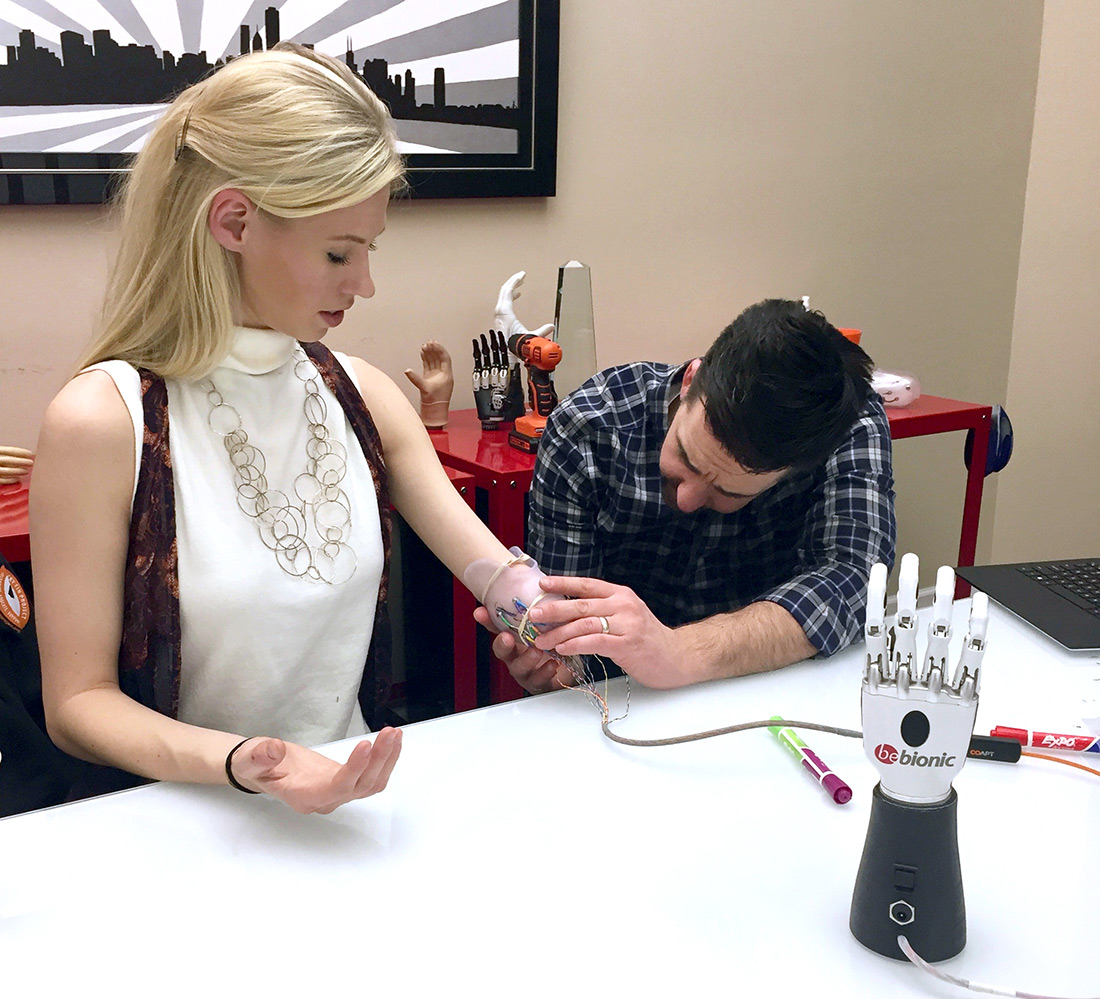
Timeline: How Long After Amputation Before A Prosthetic Is Fitted And Functional?
Post-Op
Amputation can be a traumatic procedure, physically and mentally. It’s natural for patients to want to know, “How long after amputation can you get a prosthetic limb?”
A bit of patience is in order. While some patients may receive a temporary prosthesis within three weeks of surgery, fitting for a long-term (“definitive”) prosthetic limb occurs only after healing is sufficient and swelling is gone — which could be a period of several months.
Still, your options are greater today than ever. Coapt offers smart technology that works with virtually any myoelectric arm. Users can benefit from our intuitive, adaptable system to build toward more natural movement for any lifestyle.
Determining how long after an amputation before prosthetic limbs can be used to their fullest capabilities is a question better answered with a sense of purpose than a calendar. However, generally, any individual’s timeline will involve these steps:
Your hospital stay — assuming no further issues or complications arise — should be two weeks or less. Rehabilitation will begin almost immediately. During your stay, expect these priorities:
- Wound care
- Swelling management/residual limb shaping
- Stretching and strengthening muscles
- Basic occupational therapy (transferring from surface to surface and other daily living skills)
Recovery at Home
At home, you’ll prepare for a prosthesis by desensitizing the residual limb through massage, tapping and progressive rubbing. However, the mental aspects of recovery should not be ignored.
Grief, not unlike mourning a loved one, is typical. Negative feelings are common, especially if the amputation was the result of sudden trauma. All of this — along with simply dealing with phantom limb syndrome, your body image or other people’s reactions — are experiences of which your rehab team is likely already aware. Counseling and support groups are frequently recommended.
Activity Without a Prosthesis
Even after you’ve received a prosthesis, there will be times you don’t wear it. Depending on your surgery, you (and at-home helpers) could need training for those moments when you might be using single-limb tools, environment accommodations, or other functional devices. You might also need training for those times when you need help with anything from getting into a car to personal hygiene.
Fitting
Once post-operative swelling is gone and healing is complete, you’ll likely be fitted for a preparatory prosthesis. This is because the muscles in your residual limb, now being used less, will shrink further over the next several months.
At that stage, you’ll learn to put on, take off and care for your prosthesis while building up wearing time.
Eventually, you’ll be ready for your definitive prosthesis. Expect up to a dozen visits to the prosthetist to sort out everything.
Moving Forward
Being properly fitted with and learning the functionality of your prosthesis is a beginning. Living life with a prosthesis includes long-term engagement with training, physical and/or occupational therapy, and prosthesis care and maintenance.
Coapt can help you connect with a community of people with a limb difference. We encourage you to reach out today for the latest information and resources.